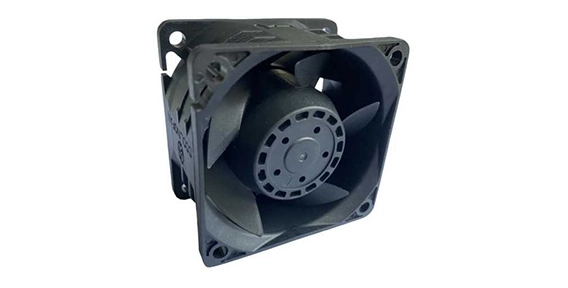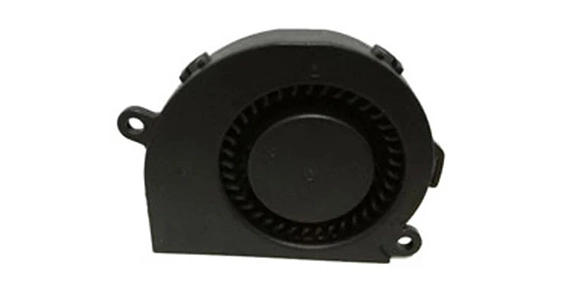In today's fast-paced world, keeping electronic devices cool and functioning optimally is crucial. Whether it is a computer, server, or any other electronic device, efficient cooling is essential for their longevity and performance. Among the various cooling solutions available, DC fan coolers have gained significant popularity. But are they worth the investment? Let's break it down and explore the different aspects of DC fan coolers.
Understanding the different cooling techniques used in DC fan cooler
DC fan coolers employ different cooling techniques to dissipate heat effectively. One commonly used technique is forced convection cooling, where the fan creates a flow of air over the device's heat sink, carrying away the excess heat produced. This method is highly efficient and widely used in many applications.
Alternatively, some DC fan coolers utilize a liquid cooling system. In this technique, a liquid coolant circulates through the heat-generating components, absorbing the heat and carrying it to a radiator where it is dissipated. Liquid cooling offers better thermal conductivity and can handle high heat loads, making it suitable for more demanding applications.
How to properly install and maintain a DC fan cooler
Proper installation and maintenance are crucial to ensure the optimum performance and longevity of a DC fan cooler. The installation process involves securely mounting the fan onto the device's heat sink, ensuring a good thermal contact between the two. It is important to ensure that there are no obstructions hindering the airflow and that the fan is correctly connected to a power source.
Regular maintenance of the DC fan cooler plays a vital role in its efficiency. Cleaning the fan blades and removing any dust or debris helps in maintaining optimal airflow. Additionally, checking for any loose wires or damaged components is essential. It is recommended to refer to the manufacturer's guidelines for specific maintenance instructions.

Exploring the latest advancements in DC fan cooler technology
As technology continuously evolves, so does the world of DC fan coolers. Manufacturers are constantly striving to develop advanced cooling solutions to meet the increasing demands of electronic devices. The latest advancements in DC fan cooler technology include improvements in fan blade design, motor efficiency, and noise reduction.
Fan blade design plays a crucial role in maximizing airflow and minimizing noise. Modern DC fan coolers feature optimized blade shapes and configurations to achieve better performance while generating less noise. This improvement ensures efficient cooling without becoming a disturbance in a quiet working environment.
Furthermore, advancements in motor efficiency have led to the development of more energy-efficient DC fan coolers. These coolers consume less power while providing the same or better cooling performance, resulting in cost savings and reduced energy consumption.
Another notable advancement is noise reduction. DC fan cooler, a type of industrial axial fans, are known for their robust cooling capabilities. However, they can be noisy, creating discomfort in certain settings. Manufacturers have been focusing on reducing fan noise by using advanced bearing systems and noise damping materials, making them more suitable for noise-sensitive applications.
In conclusion, DC fan coolers offer efficient cooling solutions for various electronic devices. Understanding the different cooling techniques used, properly installing and maintaining them, and exploring the latest advancements in technology are essential to reap the benefits. With their ability to dissipate heat effectively and the continuous advancements being made, DC fan coolers, including industrial axial fans, are definitely worth the investment in ensuring the optimal performance and longevity of electronic devices.


 EN
EN 
 +
+
 +
+
 +
+



